The Story of an Artist, a Patriot, a Pioneer who Crafted the Spirit of a New Ghana.
If I cannot do great things, I can do small things in a great way.
A flag represents identity, history, culture and hope for future. For Ghana, this powerful symbol was created by a woman whose legacy flies high over every Independence Day parade, international summit, and schoolyard. Her name? Theodosia Salome Okoh. And if you don’t know her, you should.
Ghana’s Road to Independence — and a Flag to Match
After decades under British colonial rule, Ghanaians fought fiercely for the right to freedom and the right to be in control in their own country. The post–World War II era sparked a new consciousness—a belief that Ghanaians were fully capable of shaping their own destiny.
With Dr. Kwame Nkrumah returning from political studies abroad, the independence movement caught fire. Marches, strikes, and organized resistance culminated in Ghana becoming the first Sub-Saharan African country to gain independence on March 6, 1957. But with the Union Jack yanked off, the question became: What flag would rise in its place? This became the story of Madam Theodosia Salome Abena Okoh.
Theodosia Okoh
Born on June 13, 1922, Theodosia Okoh was raised in a family of educators and clergy. She was the fourth of eight children. She attended secondary school and teacher training college at Senior and Teacher Training Schools in Agogo first. After that she studied art at Achimota School, where her natural talent blossomed into formal training in Fine Arts.
Apart from the flag, Theodosia was also a pioneering educator, philanthropist, and founding figure in Ghanaian sports. She developed the country’s first national hockey team and serving as the chair of the Ghana Hockey Association for over two decades. During her presidency Ghana qualified for the World Hockey Tournament and the Hockey Olympic Games. In the light of her immense contribution to the game, they named the first hockey stadium in Ghana after her. Her patriotism and selflessness towards her country was seen not just in Ghana. The Duke of Edinburgh paid her a visit during his official visit to Ghana in 1959.
What the Ghanaian Flag Means
Theodosia’s design, selected by Dr. Nkrumah himself, became the official flag of the newly independent nation. Its three horizontal bands and a central black star were just so aesthetically striking and deeply symbolic.
Red: The blood shed by Ghana’s freedom fighters, including the martyred members of The Big Six, who helped lead the charge toward independence. Gold: This band honors the land’s natural abundance. Ghana’s rich mineral wealth—especially gold, diamond, bauxite, and crude oil which the country continues to export globally. Green: Stands for natural and agricultural strength of Ghana. Lush forests, cocoa and palm oil, yams and cassava, the land that feeds the nation—and the economy. Black Star: Stands for freedom of Africa and unity. Inspired by Marcus Garvey’s Black Star Line. Ghana was the first to gain independence in Africa, and the star signals leadership for others to follow.
The vision of Ghana is that Africa shall forever be free from oppressor's rule and will never be subjected to the will of anybody else. It is also inspired the Ghanaian men's football team: the Ghana Blackstars. It is very simple - the Black Star is the Hope of Africa.
Mrs. Theodosia Okoh could not have done a better job designing the Ghana flag. She managed to put the history and the future of Ghana in a timeless design.
Mrs. Theodosia has not only earned her name as a designer of the Ghanaian flag but also as a stateswoman. She pioneered the playing of hockey in Ghana. She became the first female hockey chairperson and later the president of the hockey federation in Ghana. It was during her tenure as president that Ghana qualified for the world hockey tournament and the hockey Olympic Games. In the light of her immense contribution to the game, the first hockey stadium in Ghana was named after her.
How do you even sum up the life of a courageous woman like Theodosia? She broke creative bounds and brought to life a timeless design that will represent her country forever. She made it her life’s mission to cement a sport in her country and create opportunities for Ghanaians to take part in international games. She was a national icon, a stateswoman, a symbol of female empowerment, and a pioneer of Ghana's freedom journey. Her life reflected the very values she wove into the flag: resilience, creativity, and commitment to her nation.
In a world where national symbols often erase women’s contributions, Theodosia’s story stands tall. Her work helped craft Ghana’s identity—not just in ink or fabric, but in the consciousness and hearts of every citizen who salutes the red, gold, green, and black.
So next time you see the Ghanaian flag waving in the breeze, know this: it was a woman’s vision that gave a nation its flag. And that vision lives on!
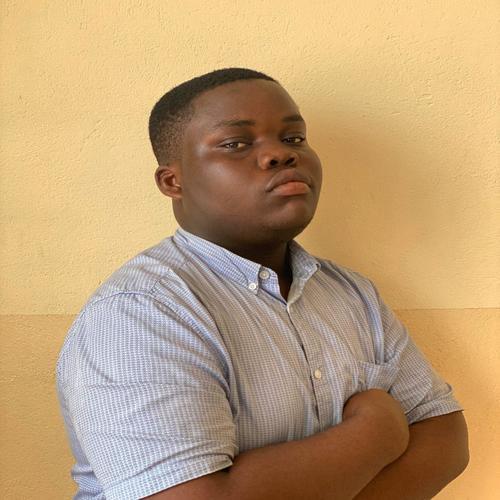
Desmond Dorvlo, GhanaTRVL writer and champion debater, brings Ghana’s culture and landscapes to life with passion and insight in every article.

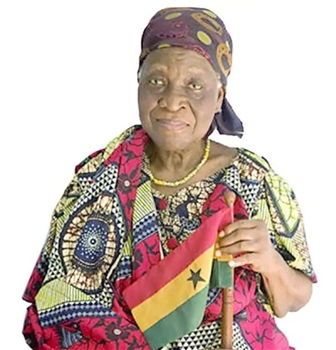







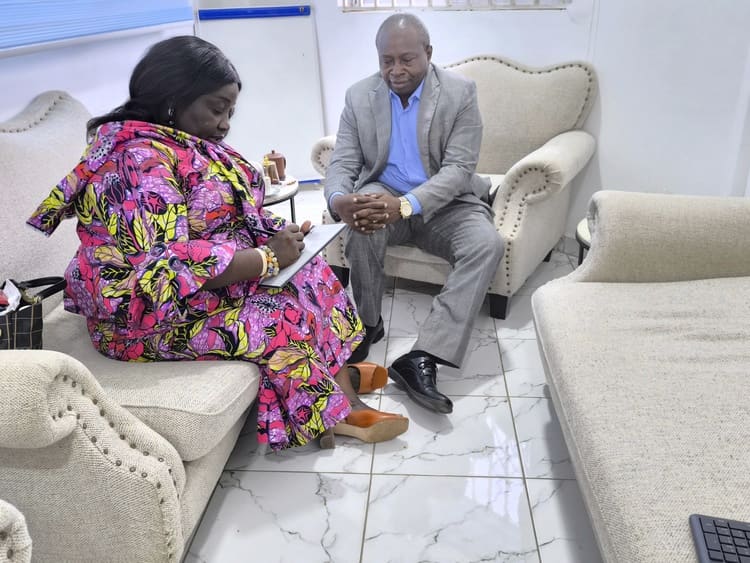
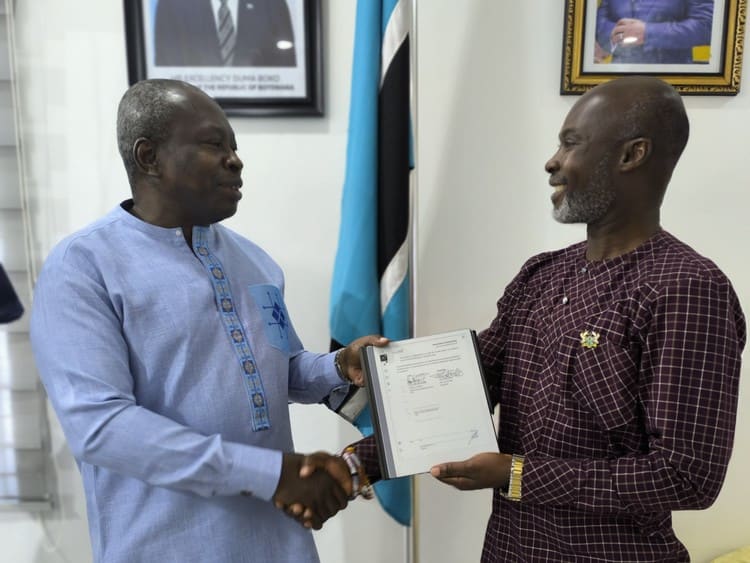
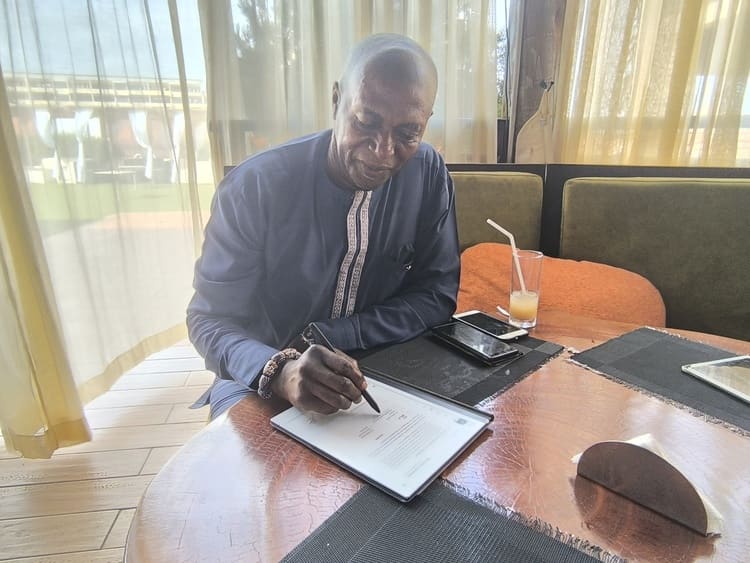


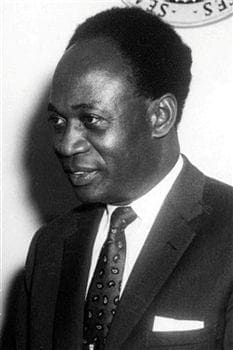





Comments